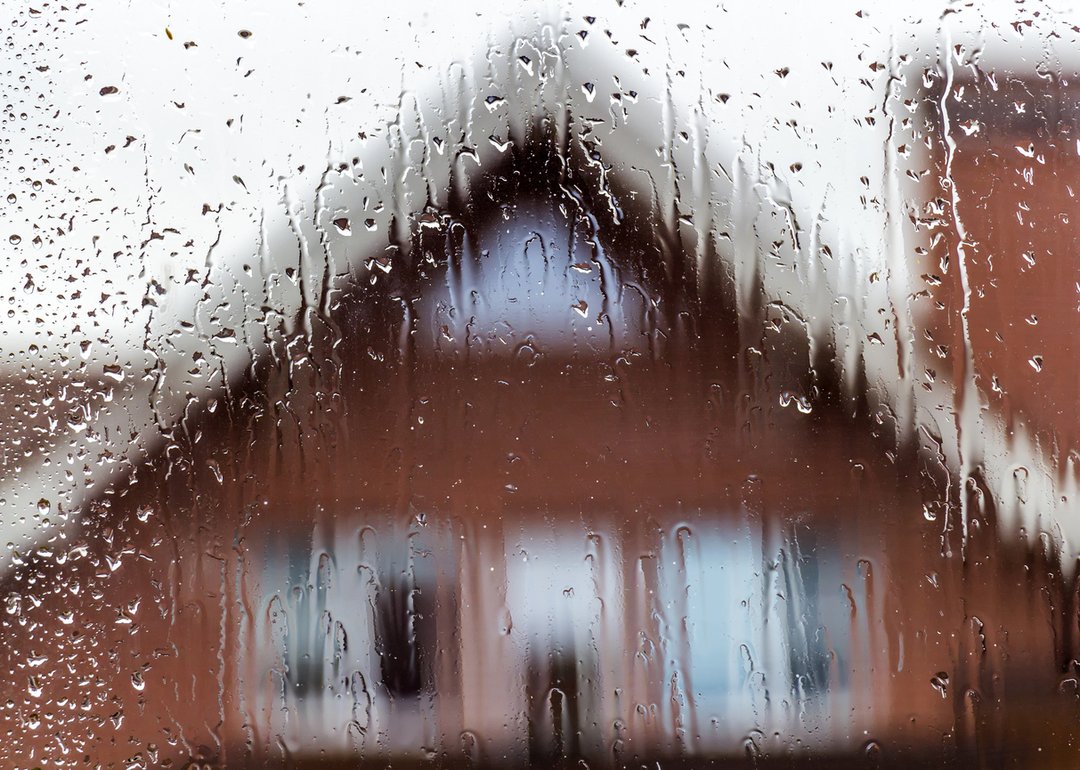
By Robyn A. Friedman
Oct. 3, 2024
Are you confident that if your home sustained damage from a fire or hurricane that your homeowners insurance policy would provide sufficient funds to rebuild?
The devastating property damage from Hurricane Helene is casting a spotlight on that question, and the answer isn’t always what homeowners expect.
“Many homeowners don’t understand what they’re covered for,” said Spencer Houldin, an insurance broker in Washington Depot, Conn., with 33 years of experience advising clients on homeowners policies. “One of the most common mistakes I see is owners not buying enough coverage on the house to rebuild it.”
Houldin said that about 35% of new clients who walk in his door are underinsured and lack sufficient replacement coverage to rebuild their homes.

iStock image
A 2022 survey by the American Property Casualty Insurance Association, a trade group, found that a majority of insured homeowners had not taken steps to ensure their coverage was keeping pace with inflation and increased building costs, which could leave them underinsured if a catastrophe strikes. According to the survey, only 30% of insured homeowners had increased their coverage to compensate for rising building costs, and less than half (40%) updated their insurance after completing renovations or a remodel.
When you consider that, on average nationwide, the costs of construction materials and labor increased by 40% and 16%, respectively, between 2019 and 2023, according to real-estate data firm CoreLogic, that means that a lot of homeowners are currently underinsured.
“Many people got a little complacent,” said Jeffrey Burns, a senior global real-estate adviser with Premier Sotheby’s International Realty in Sanibel, Fla. “They thought that getting just-enough insurance would be okay and they would be covered.”
Burns, who works in an area devastated by Hurricane Ian, which made landfall on the west coast of Florida in September 2022 as a Category 4 storm, said that a large percentage of his clients over the past two years have been local owners who opted to sell their damaged homes because they didn’t have enough insurance to rebuild.
If you’re in the market for homeowners insurance, or want to ensure you are adequately protected, here are some things to consider.
Set policy limits correctly.
Houldin said it isn’t unusual for buyers to believe that their house should be insured for its market value—typically the price they paid. But that is a misconception because that price may be more or less than the actual cost of rebuilding the home.
Insurance agents use computer models to arrive at a replacement-cost estimate and then set policy limits accordingly. But those models may not reflect upgrades in the home that would cost more to rebuild, such as imported custom cabinetry, Calacatta-marble countertops or top-of-the-line appliances.
In addition, while insurance policies include inflation-guard protection that automatically increases the coverage every year, that increase—usually 7% to 10% per year—may still not be enough to rebuild due to fluctuations in replacement costs.
The bottom line is this: If your policy won’t pay enough to rebuild your home from the ground up—at today’s costs—as well as to replace your personal property, such as furniture and clothing, then you are underinsured.
That is why it is essential for homeowners to meet with their insurance agent at least once a year to update limits and to notify the agent of any remodeling or updates completed during the year, because those will increase rebuilding costs and may require an adjustment in your policy limits.
Look into replacement-cost coverage.
While most homeowner insurance policies include replacement-cost coverage for personal property, that may not apply to the dwelling itself. Insurance companies that cater to a high net-worth clientele already include guaranteed replacement-cost coverage for the dwelling in their standard policies. The premiums may be higher, but the policies are more comprehensive. These types of policies will cover the cost of rebuilding a home in full even if that cost exceeds the policy limit. Those without guaranteed replacement-cost coverage can purchase an endorsement to their policy to add extended replacement-cost coverage. This provides an additional cushion, typically 25% or 50% above your dwelling limit, depending on the carrier. This coverage is especially important if there is a disaster that damages many homes at once, resulting in a shortage of labor or materials and soaring costs to rebuild.
Confirm that your condo association is properly insured as well.
If you purchase a condominium, be sure to review the governing documents of the association to determine the extent of your responsibility to rebuild if there is a casualty loss. Typically, unit owners are responsible for rebuilding the interior of their units, while the condominium association will rebuild the structure of the building. Make sure the association has adequate insurance, and reserves, to do so. Houldin said he routinely reviews condo association documents and has found that many are underinsured. In that case, unit owners may get hit with a special assessment to cover rebuilding costs.
Dow Jones & Company, Inc.



